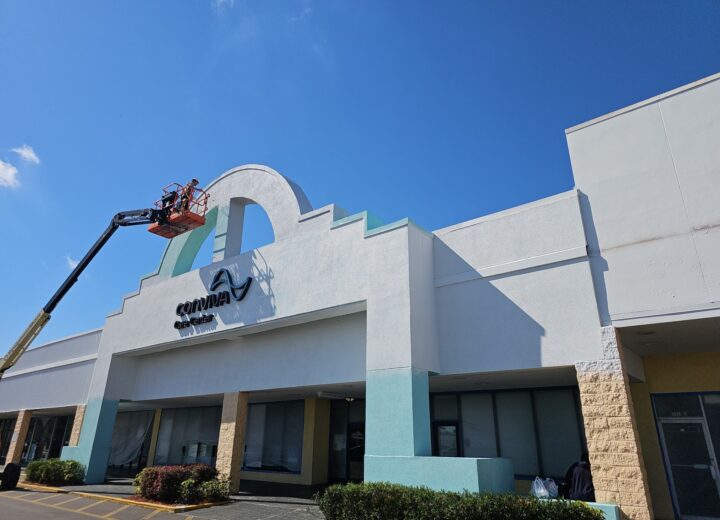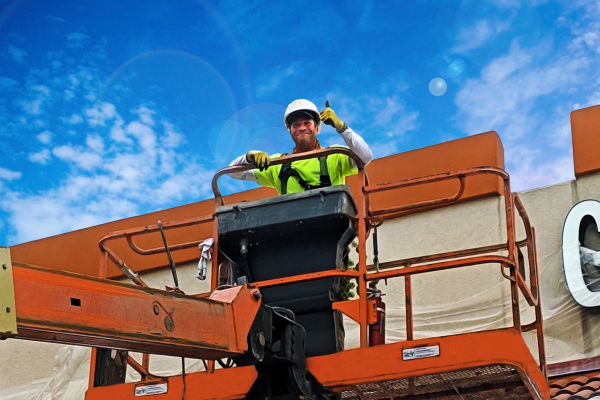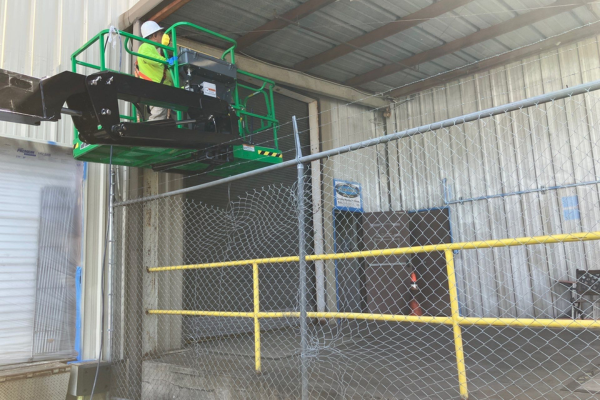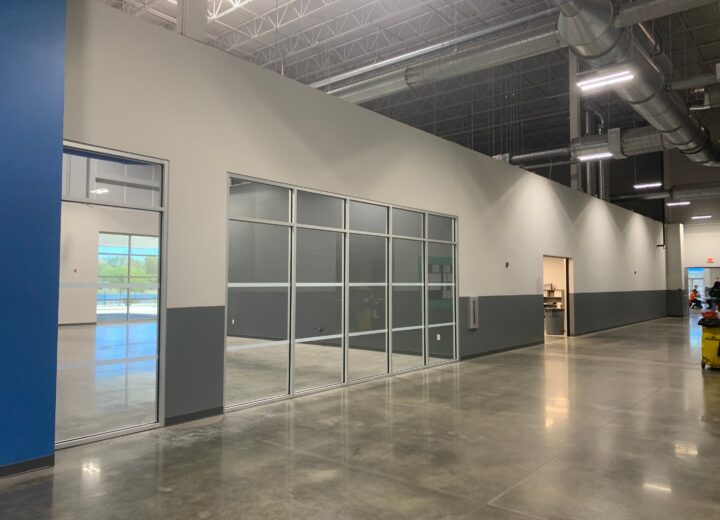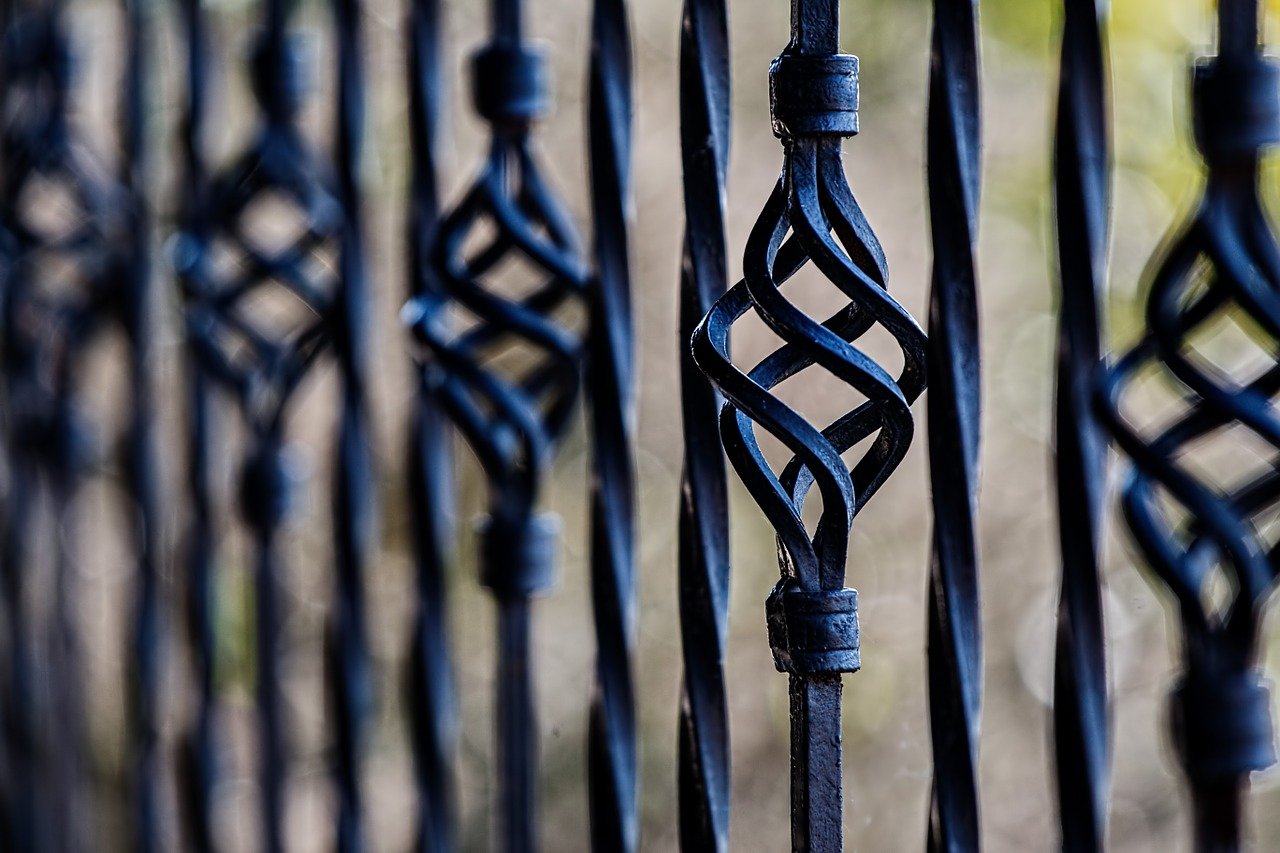
When you own or manage a commercial property, you always want it looking its best, to keep the value of it as high as possible and be inviting for those that you interact within your business and community. When it comes to materials such as wrought iron that you may have on your property, it is best to make sure it lasts as long as it is supposed to, which is roughly sixty years or more. If you know the makeup of wrought iron, as well as the correct process in renewing it, it can be easier to deal with it when needed.
This type of iron is produced from a semi-fused mass of pure iron globules and is partly enclosed by slag (a waste product of metals) and is yielding, ductile and a tight form. Wrought iron was put into building construction within the Nineteenth Century because it held together well, but within the Twentieth Century, the use of it is mainly ornamental in things such as; doors, balconies, exterior features, fences, and grilles to name a few.
If your structure has any of the listed wrought iron products, it is in your best interest to keep them looking as good as possible, and not rusty. When elements such as rust begin to take hold, it can weaken the iron, and if it goes too far, the product will have to be replaced instead of just repaired.
Repainting Steps
Brushing – You must first make sure that there are no rust spots on the iron, and if there are you will need to make sure to scour the surface. You can accomplish the brushing by either a wire brush or if you have the room and means a sandblaster. You will also need to make sure to get as much of the old paint off as possible so that the new coating will adhere to the surface.
Sanding the Iron – A medium grit sandpaper will be needed for the next step. You will need to apply this to the whole area that you want to paint until smooth, so there will be an even look to it, and this step also helps the paint to adhere better. You might also need to use a coarse file on areas that are flat on the iron to remove the build-up of rust.
Cleaning – After you have brushed and sanded the surface you will need to make sure to clean the whole area that is to be recovered. You can rub the surface with mineral spirits to make sure there is nothing that should not be on the exterior. Some also suggest spraying all of the iron with a neutralizer such as a phosphate acid, that reaches any untreated areas of rust. If you do choose the use of this type of product, make sure to use protective gear, as it can be very harmful.
Primer Coat – Once you have done the previous three steps you will need to apply a primer that has rust inhibiting properties. The coating will easily stick if you only use one fine layer with a brush.
Primer Sanding – When the primer coat is finished drying you need to use medium grit sandpaper on the surface very lightly, and after you have completed this you will need to make sure that the area is free from any dust or debris for the next step.
Administer Paint – Make sure that you have the correct type of paint for wrought iron products. The use of a quality rust resistant paint is good to use, but it is best if you consult an expert that will know what is best for your project, area, and needs and be able to let you know how many coats you will need to apply.
With a job that is as important as your image, you will want to take the time to know the steps that need to be followed to get that look that you want, just right. Just remember that you do not have to figure out or do this extensive project on your own. No matter if your project is large or small you can find trained qualified painters in your area that know the complete care of wrought iron works and will be more than happy to assist you.

